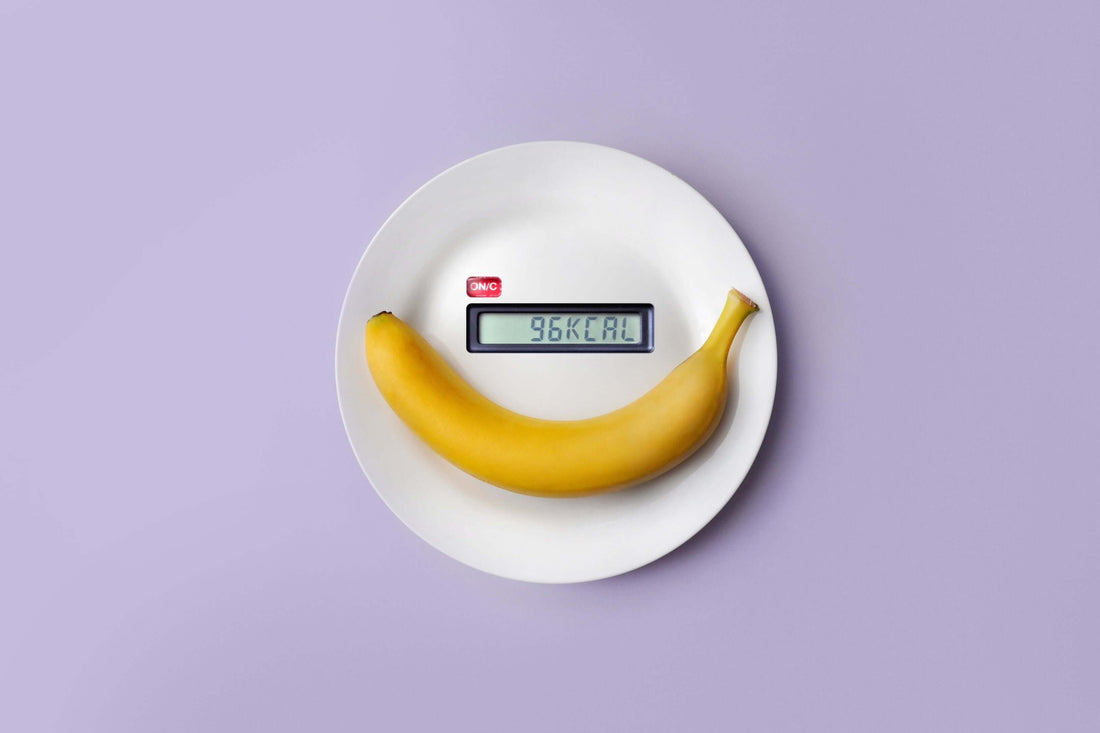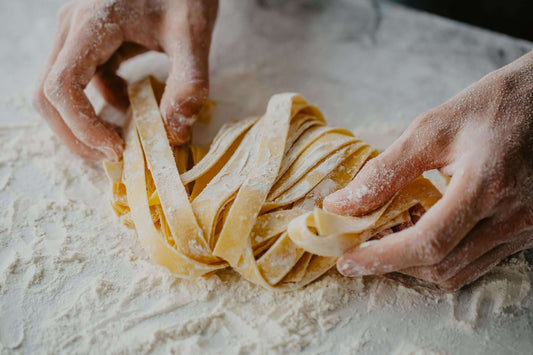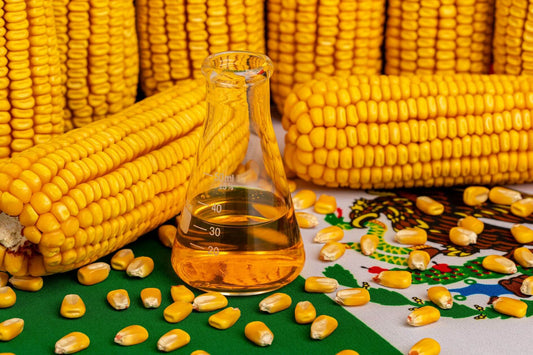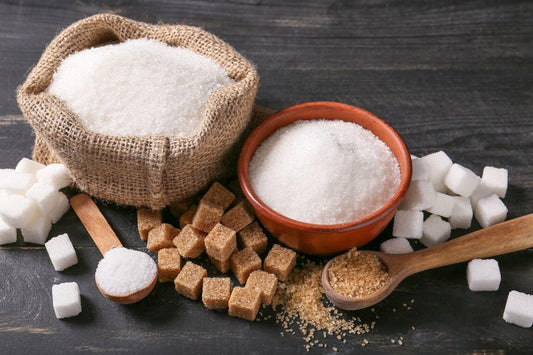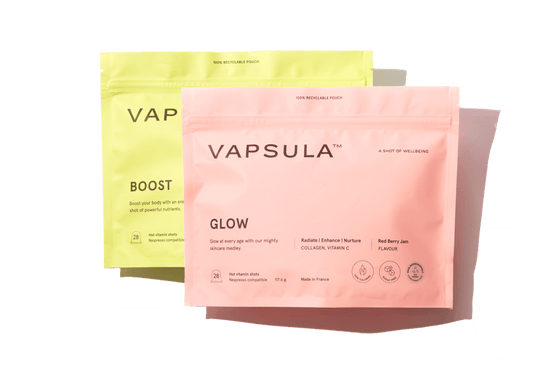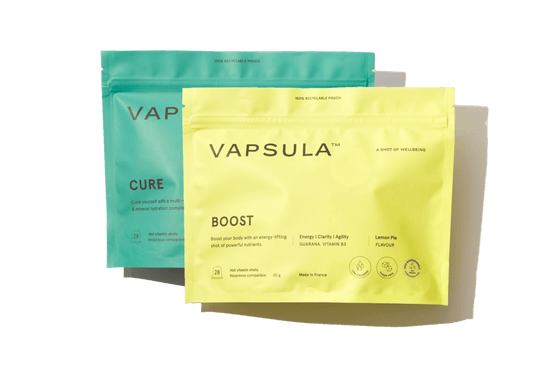Day in and day out, we are exposed to invisible desirable forces. They beseech us from billboards and beckon us during office meetings. They’re essential to our lives, but in excess they become dangerous.
Calories. Why do we have them? We need them to function, yet we can’t have too much of some; more of others are better. Why bother even counting calories? Why bother even eating? Just joking, this is exactly what someone should not be asking and why we tackle this topic.
Because the fear for consuming too many calories can push someone to consume less, and in some cases, make harmful dietary choices. The fear of gaining weight can even prevent people from consuming nutritious foods. The most important element is: where do the calories come from, because that food should also be rich in benefits. Minerals and vitamins fuel not just your physical form, they energize your brain, balance hormones, and can even stimulate your creativity.
The Ins and Outs of Calories
Since the discussion of health and calorie intake is trending higher than ever, we wanted to provide you with a digestible (pun intended) resource on calories and how they work. We will take the liberty to say that this is not the most scintillating of information, yet it’s important to know these fundamentals.
After all, food is central to our lives. We need to know what we are doing.
The Science of Calories: Part 1
A calorie is a unit of energy, or heat.
To be exact:
- One calorie is the same as 4,184 joules (measurement of a unit of energy in physical sciences)
- It takes 4,184 joules (one calorie) to heat one gram of water at one degree Celsius.
- One calorie of food is actually 1,000 calories. For that reason, food calories are more accurately called kilocalories—you might have noticed both terms used on different food packaging. When a food label indicates that a can of soda is 200 calories, it means 200 kilocalories, or 200,000 calories.
- Food has the capability to be turned into energy like electricity. For example, 700 grams of corn is roughly 280 ml worth of ethanol.
It turns out that burning calories is not a figurative concept. If you’re curious to learn more about how our metabolism works, we recommend starting your research here.
The Science of Calories: Part 2
Kilocalories (food calories) are made up of three parts:
- Proteins
- Carbohydrates
- Fats
The caloric amount of each component is determined by its weight.
- 1g protein = 4 calories
- 1g carbohydrate = 4 calories
- 1g fat = 9 calories
Let’s say a can of soup with 330 calories reads the following:
- 20g of protein
- 10g of carbohydrates
- 13g of fat
You would make these calculations to see how many calories make up each one:
- 50g of protein x 4 calories = 200 calories
- 10g of carbs x 4 calories = 40 calories
- 10g of fat x 9 calories = 90 calories
The Science of Calories: Part 3
To get through the day with enough energy, the right number of calories is needed. This is based on:
- Basal metabolic rate
- Physical activity
- Thermic effect of food (how much energy it takes your body to digest)
When weight is gained, it is measured as 3,500 calories of one pound of stored fat.
Without enough calories, you’ll suffer. Period. Dot.
Like salt, it’s hard to monitor calorie intake when you don’t know how many calories are in a food item. The Vapsula trick? Avoid prepackaged and processed foods. Cooking from scratch is simpler than you might expect, especially once you get used to chopping up fresh ingredients in a flash.
If you are craving a certain premade sauce or dressing, it might be that you have a sugar addiction. See more here.
